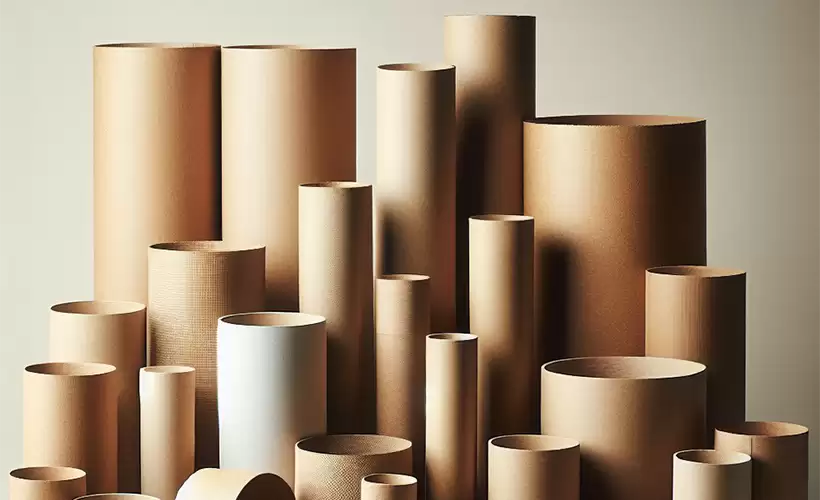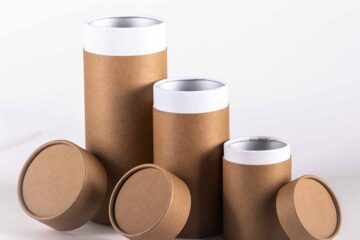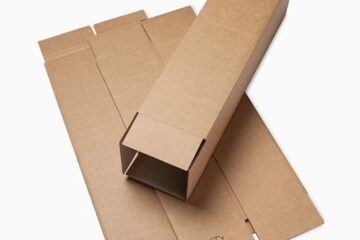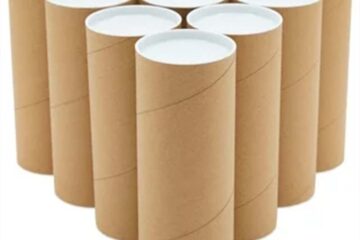Cardboard tubes are no longer just niche items — today, they serve as practical and marketing-friendly packaging and storage tools for many businesses. This article examines how companies utilize cardboard paper tubes effectively for packaging, branding, and protecting goods.
What Are Cardboard Tubes?
Cardboard tubes are cylindrical containers made from laminated paperboard, kraft paper layers, or spiral-wound cardboard. They are designed to be rigid yet lightweight, protecting products from crushing, bending, and environmental hazards during shipping and storage.
They can be customized in terms of dimensions (diameter, length), wall thickness, and printed designs to match a brand’s identity.
Who Uses Cardboard Tubes?
Many industries adopt tubes because they combine functionality and visual appeal:
-
Cosmetics & skincare — for serums, balms, sticks
-
Tea, coffee & dry goods — loose leaf, pods, powders
-
Posters, maps & artwork — for shipping or display
-
Textiles & fabrics — as cores or presentation packaging
-
Gift & premium products — adding luxury or uniqueness
Advantages of Using Cardboard Tubes
Protection and Structure
-
Tubes resist crushing better than flat boxes under certain pressure
-
Their rigid shape keeps the contents stable and aligned
-
Tubes with caps seal dust, moisture, and light
Branding & Marketing
-
They offer 360° printable surfaces for logos, stories, and visuals
-
Unique packaging stands out in retail or unboxing
-
Custom inserts or lids enhance perceived value
Storage & Logistics Benefits
-
Tubes stack efficiently, reducing wasted space
-
Lightweight design cuts shipping costs
-
They are easy to store flat before use
Eco & Cost Benefits
-
Made from recyclable or recycled materials
-
Minimalist tube design may use less material than full boxes
-
Customers perceive tubes as more premium and eco-friendly
How Tubes Are Manufactured
-
Core material preparation — kraft paper, liner boards
-
Winding or lamination — spiral winding or layering with adhesives
-
Curing & flattening — drying and ensuring roundness
-
Cutting and finishing — trim lengths, slit tubes, add caps or closures
-
Printing & decoration — flexographic, offset, embossing, foil stamping
Customization Options
-
Wall thickness: choose strength vs. weight
-
End caps or plugs: plastic, metal, kraft
-
Window cutouts: to show pthe roduct inside
-
Inserts or foam liners: for fragile goods
-
Special finishes: matte, gloss, embossing, foil
Use Cases & Examples
-
A tea brand packs its blends in tubes with foil liners and printed labels
-
An art supplier ships posters in long tubes to prevent creasing
-
A candle brand presents wax melts in decorative tubes with printed exteriors
-
A textile studio uses tubes as fabric sample holders
When & Where Tubes Excel
| Scenario | Why Use Tubes | Recommended Specifications |
|---|---|---|
| Mailing posters, blueprints | Tubes protect from bending | 3-ply spiral tube, length > poster length |
| Premium gifts (cosmetics, candles) | Standout packaging, giftable | Wall thickness ≥ 1.2 mm, printed outer wrap |
| Storage & archive | Long-term shape retention | Rigid tubes with protective caps |
Considerations & Best Practices
-
Match the tube internal diameter slightly above the product outer size
-
Test tube strength under stacking loads
-
Use liners or moisture barriers when needed
-
Ensure caps fit firmly to avoid sliding
-
Order samples before large production




